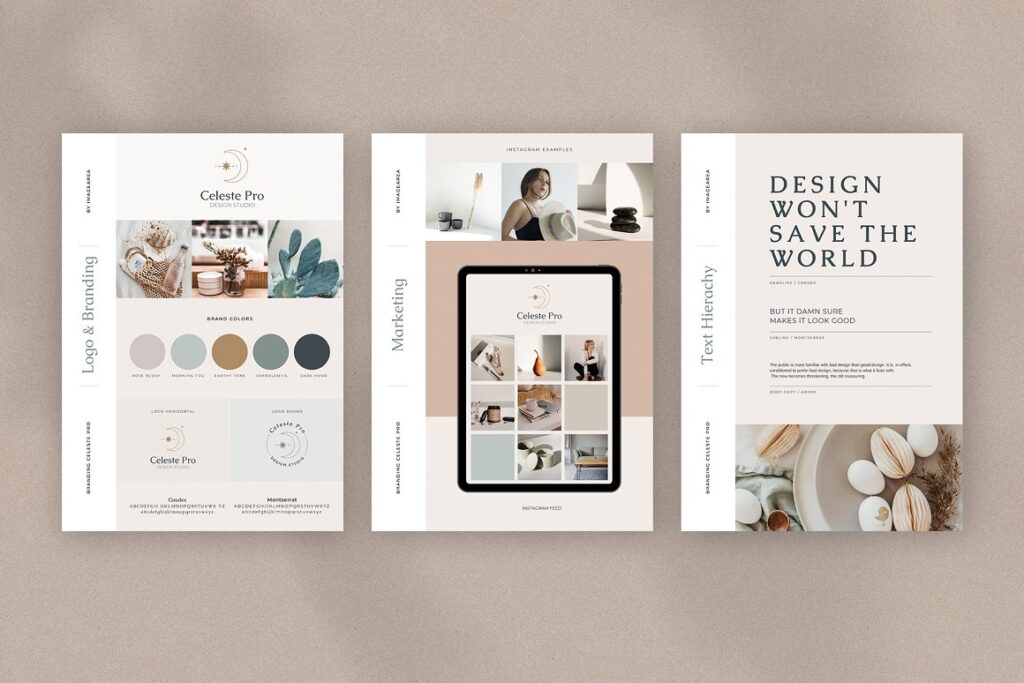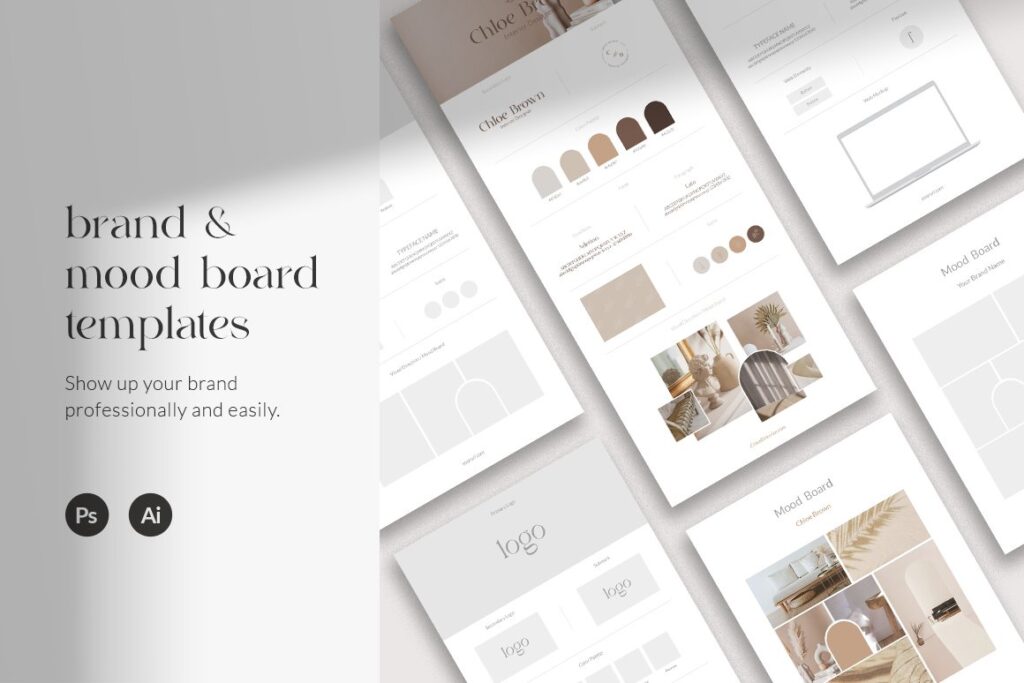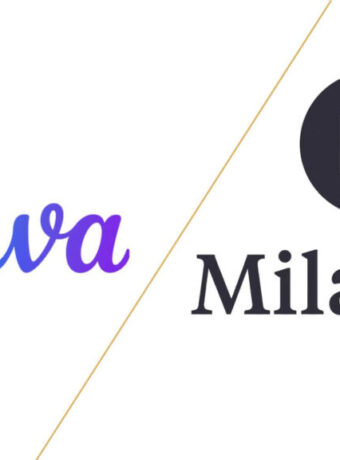Your Brand Personality: How to Define It
A clear brand personality makes every design, headline, and decision easier.

It shapes how your business shows up and how people remember you. Without it, you risk looking inconsistent or forgettable. You do not need complex frameworks to define your brand personality. You need the right questions, visual cues, and emotional clarity.
Here is how to discover yours and use it with purpose.
Define What Your Brand Stands For
Start with the essentials.
A brand personality should reflect your values, tone, and style. It should also help you stand out from similar businesses.
Ask yourself:
- What do we care about as a brand?
- What kind of energy do we want people to feel?
- What do our best customers say about us?
Keep your answers direct and emotional. Avoid abstract words like “quality” or “trust.”
Instead, use real terms like bold, gentle, warm, minimalist, or expert.
Look at Your Existing Work
Your visual history holds clues to your brand personality.
Review your current logo, website, social media posts, presentations, and marketing materials. Do they feel consistent? What colors, fonts, and image styles do you repeat? Do they match your tone and values?
If they feel random or disconnected, that is a sign that you need a stronger personality system.
Choose a Brand Season
One proven method is to choose a seasonal personality.
This approach links colors, tone, and design with a seasonal theme: spring, summer, autumn, or winter.
- Spring brands feel light, youthful, and full of ideas
- Summer brands feel elegant, soft, and detail-focused
- Autumn brands feel grounded, rich, and expert-driven
- Winter brands feel bold, minimalist, and high-performance
Choosing a season helps you focus. You stop guessing.
Spring- Brand Design 1: How To Brand a Youthful, Open, and Happy Business
Summer- Brand Design 2: How To Brand an Elegant, Feminine Business
Autumn- Brand Design 3: How To Style an Earthy, Community-Focused Business
Winter- Brand Design 4: How To Brand a High-End, Luxury Business
You start selecting visuals and words that align with a bigger picture.
Use Moodboards to Visualize Personality
Words are not enough.
Visual decisions drive most brand impressions. Build a moodboard that reflects your chosen personality.
Focus on:
- Color palettes
- Typography
- Image style (soft, sharp, rich, clean)
- Keywords that describe tone
Put everything on one page. Then ask: would my ideal client feel drawn to this?
A strong moodboard brings your personality to life before you write a single headline.

Test It Against Your Audience
Once you shape your personality, use it in your content and visuals. Then watch what happens.
Track responses to:
- Email subject lines
- Social media posts
- Website conversions
- Feedback from ideal clients
You will know it works when people describe your brand using the same words you chose.
That means the personality is landing.
Keep It Simple and Repeatable
Avoid overcomplicating.
A brand personality should guide decisions, not slow you down. Use it as a tool, not a theory. You do not need complex templates or rigid rules. You need a clear direction you can return to again and again.
Print your brand keywords and keep them visible on your desk or shared drive. Use your seasonal moodboard before every campaign, product update, or client project. Treat it like a compass, not a mood piece.
Train your team to align with the personality in design, copy, and tone. If you work alone, create your own checklist so you can stay consistent even when you’re tired or in a rush.
When you face a decision, ask:
- Does this reflect our brand personality?
- Does this feel like our season?
- Would our ideal client recognize us in this?
If the answer is no, adjust until it fits.
You can even save time by creating reusable templates that reflect your brand personality: social media layouts, email headers, client decks, and brand touchpoints. These save decision energy and keep your message aligned across every channel.
When you repeat the right patterns, your audience starts to recognize you without the logo. That is when brand memory takes root.
Consistency is not about control. It is about trust. Show up the same way across touchpoints, and people know who you are, what you offer, and why it matters.
Your brand becomes not just seen, but remembered.
Final Checklist to Discover Your Brand Personality
Use this list to move from scattered to clear:
- Define your brand’s emotional tone with real words
- Review your current visuals and tone for consistency
- Choose one seasonal direction (spring, summer, autumn, or winter)
- Build a moodboard with colors, fonts, images, and keywords
- Apply it across platforms and watch audience reactions
- Repeat what works and refine when needed
Clarity is not a luxury. It is a multiplier.
When your brand personality is clear, you stop attracting the wrong people and start drawing in the ones who stay.
Learn More About Brand Personality
5 Key Elements of Personal Branding for Designers
What Is the Seasonal Design Approach?
What is Brand Anatomy – Its 8 Major Elements
4 Seasonal Design Vibes: Find Your Brand’s Voice
Last Updated on 24/05/2025 by Victoria Silber






